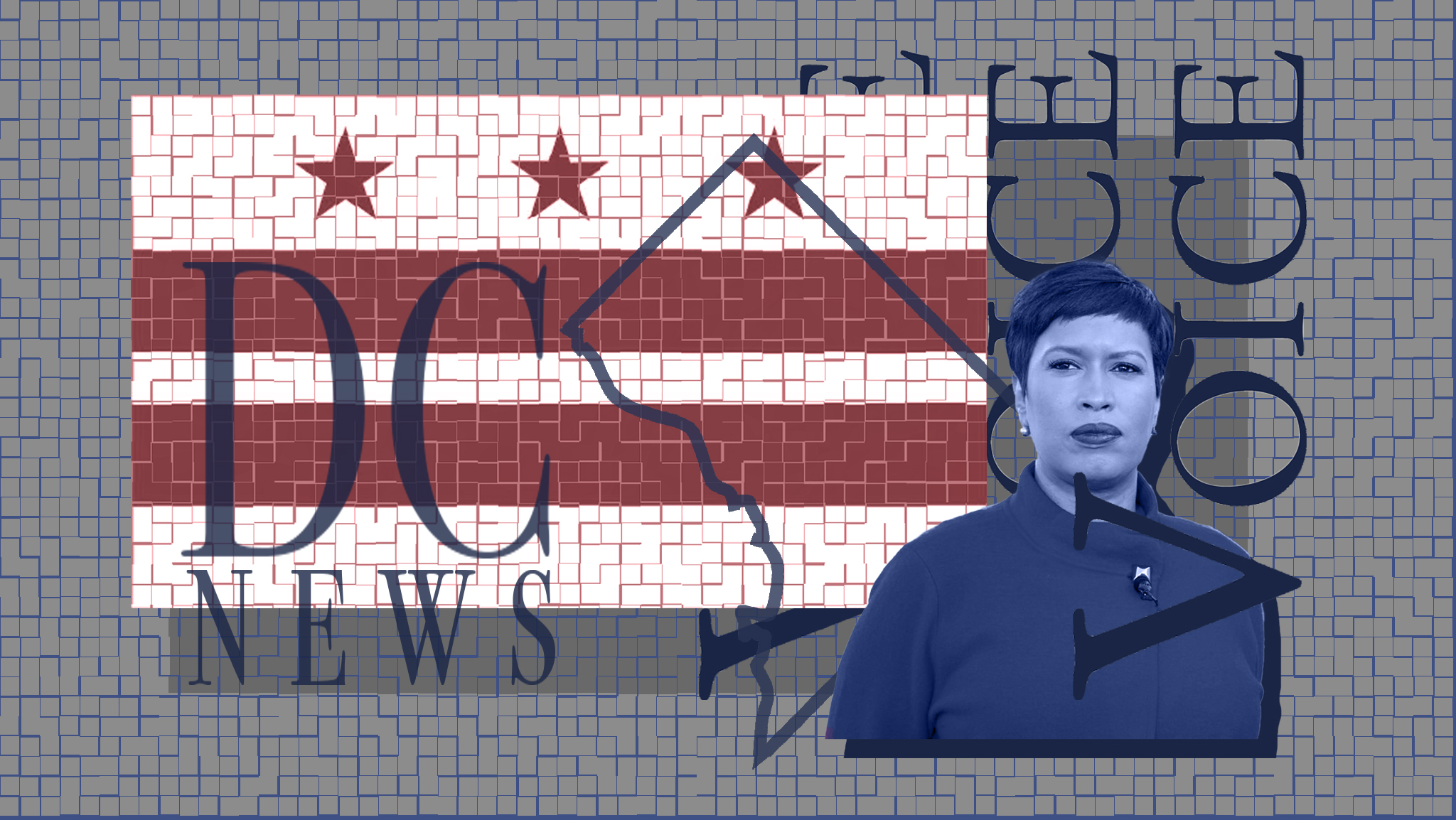After a month-long awareness campaign, Washington Metropolitan Area Transit Authority (WMATA) increased the amount of citations issued for fare evasion on the Metro at the start of November. The action comes in part to close a nearly $185 million gap in Metro’s upcoming operating budget, which has seen decreases in revenue due to changes in post-pandemic working practices.
As part of the campaign, WMATA emphasized that Metro Transit police officers will issue citations to anyone caught not paying fares on Metro trains and buses, as an estimated $40 million of revenue is lost to fare evasion yearly.
On Nov. 18, the Voice made observations of 13 metro stations in the D.C. area to observe both the quantity of passengers who bypassed the fare gates as well as any visible actions taken by Metro to deter fare evasion. Fare evasion was observed at every single station on the network visited that day, yet only one station, Anacostia, which has a Metro Transit Police outpost near the entrance, had any officers present near the fare barriers.
Metro Transit Police logs and uploads each crime occurring on the metro on a daily basis, including citations for fare evasion. In November, Metro Transit Police cited 70 people total for fare evasion at 22 different stations across the Metro network. Notably, none of the stations where fare evasion citations were issued are located in the District itself, despite the D.C. government implementing the mechanism for Metro Transit PD to issue citations earlier this year.
Consistent with promises made by WMATA, the figure of 70 fare-evasion citations in the month of November does in fact represent an increase in overall citations compared with previous months; however, in the brief time that the Voice observed fare evasion on the Metro, 89 people were observed jumping the gates across five stations over a total period of 100 minutes – a number of people greater than Metro Transit PD’s monthly figure.
The composition of fare evasion trends provided by Metro Transit Police also revealed how fare evasion citations are currently enforced across the network. On a day when Metro Transit Police issue citations for fare evasion, it would only be reported at one or two stations with confrontations happening around the same time, reinforcing doubts about whether Metro Transit Police have a consistent, widespread presence across the Metro network in terms of fare enforcement.
Increased police presence on the Metro will likely not be the ultimate solution to WMATA’s fare evasion problem, especially as Metro’s new fare enforcement initiative has sparked fears that it will increase the amount of police confrontations which could result in the use of excessive force against riders, particularly those who are Black.
Beyond the increased presence of law enforcement, Metro has more strategies to combat fare evasion. Two new models of fare gates have recently been piloted at Fort Totten station in Northeast D.C., both of which include a unique design to help combat fare evasion. The first new model builds upon the normal Metro fare gate design by adding plexiglass semicircles above the sides of the barriers, where fare evaders often place their hands while jumping the gates. As a result, passengers expecting to jump the gates at Fort Totten are met with a quirky challenge. However, these gates appear to have no effect on the amount of people jumping the gates, with 16 people observed making the acrobatic jump over the new gates in a span of 20 minutes, matching data for similar stations across the rest of the network.
The second new type of gates at Fort Totten are more complex. These gates feature ‘saloon-style doors’ which are significantly taller than the current Metro fare gates and make jumping over the gates nearly impossible. These gates are not yet in use, but when they are, the data obtained from their pilot in Fort Totten will be analyzed, and a decision will be made whether or not to implement the new gates across the rest of the system.
Critics have pointed out that retrofitting fare gates to prevent evasion is an expensive task, particularly as just this year Metro finished replacing its old fare gates with a more modern version which still features the traditional ‘yellow paddle’ design. Critics also argue that WMATA’s crackdown on fare evasion unfairly targets low-income riders who may be unable to afford Metro fares, which are projected to increase in the next year. WMATA does have reduced-fare programs in place to assist riders who are seniors, riders with disabilities, and children, but there are currently no widespread programs in place by Metro to assist in fare payment for low-income riders.
Just this week, however, the D.C. Council voted to eliminate fares on Metro buses in the District starting next July in hopes that the program will give low-income riders better transportation options, as well as increase the overall number of riders on Metrobus. Metrorail and other non-Metrobus services like the D.C. Circulator are not included in the program, and will continue to require a fare to ride even if the bill is made law.




